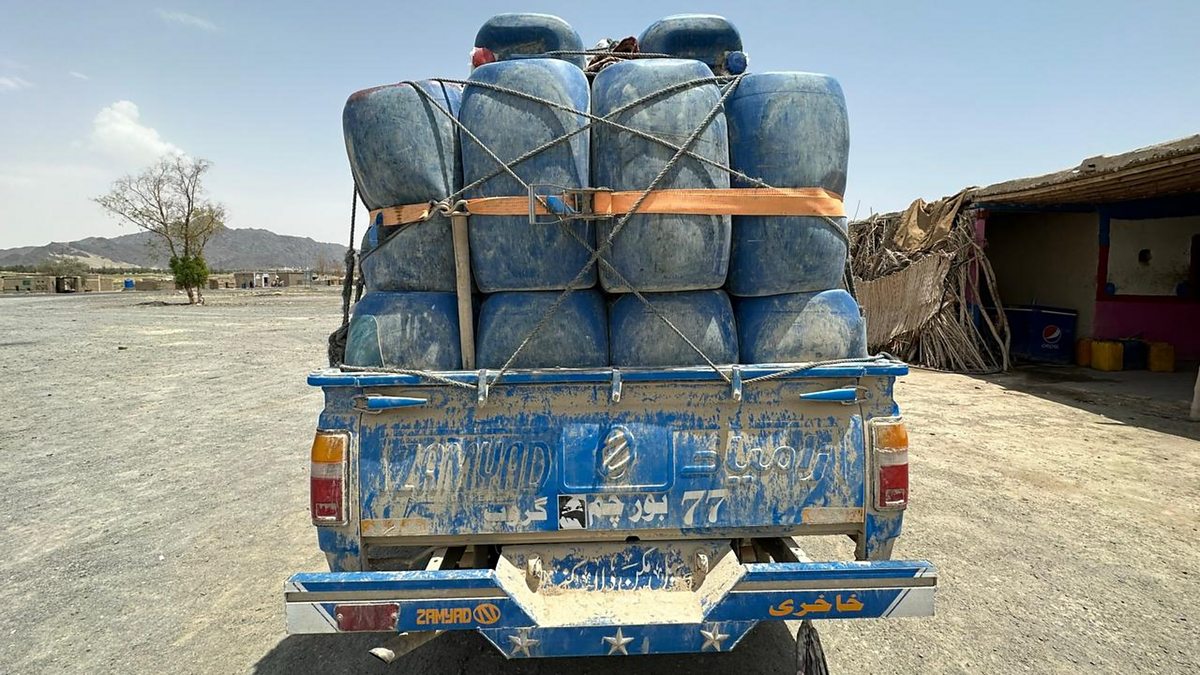
Introduction
Ghost Workers sit at the heart of a new, data-driven payroll crackdown that is reshaping how South Africa monitors its own employees. Rather than relying on outdated headcounts, authorities have begun integrating payroll, population and tax data to identify irregularities across departments.
The recent Medium-Term Budget Policy Statement revealed that 8,854 salary entries had been flagged as high-risk, each needing careful verification.
This approach signals a move toward modern public-sector management, where digital tools and automated checks stand alongside traditional audits. Understanding how the system works sheds light on the future of state accountability.
Ghost Workers: The Shift From Manual Audits to Digital Detection
For years, irregular salary audits meant gathering staff in halls, ticking boxes and verifying documents one by one. These manual processes were costly, time-consuming and prone to human error.
The new model flips that script. Analysts now start by examining large datasets drawn from payroll systems, identity records and tax databases. Algorithms and rules flag suspicious patterns, such as repeated bank accounts, mismatched ID details or implausible employment histories.
Only then do departments move to on-the-ground checking. This staged approach reserves human effort for cases that genuinely stand out. It also creates a digital audit trail, making the process more transparent and easier to review later.
Ghost Workers: How Cross-Matching Data Exposed Hidden Patterns
The key to the crackdown lies in cross-matching datasets that were previously siloed. Treasury and its partners linked payroll entries with identity records from Home Affairs and tax information from the revenue authority.
Through this integration, it became easier to see when the same person appeared in multiple departments, when someone marked as deceased still received money, or when the employment status recorded on one system conflicted with another.
These hidden patterns are difficult to spot within individual departments, where limited visibility can mask irregularities. By bringing data together, the system exposes links that were once invisible, enabling a more comprehensive clean-up than any single institution could manage alone.
Ghost Workers: The Importance of Anomaly Detection Rules
Behind the scenes, the digital crackdown depends on sets of anomaly detection rules. These rules define what “normal” looks like and flag entries that fall outside expected ranges.
Examples might include salary payments to staff with no recent activity, repeated deposits into the same bank account under different names, or simultaneous employment in incompatible roles. When such patterns emerge, the system marks them for review.
The strength of this method lies in its flexibility. As auditors learn more about how irregular schemes operate, they can refine the rules and add new ones. Over time, the detection engine becomes smarter, making it harder for illicit practices to adapt and survive.
Ghost Workers: Privacy, Security and Ethical Use of Data
Linking multiple government databases raises important privacy and security questions. Citizens rightly ask how their information is protected when systems are combined.
Officials insist that strict protocols govern access to sensitive data and that the analysis is focused on payroll integrity rather than broader surveillance.
Anonymised or pseudonymised datasets can be used at early stages, with full details only accessed when a case requires closer inspection. Strong cybersecurity measures are also required to prevent unauthorised access or misuse.
Balancing effective detection with respect for individual rights is crucial if the crackdown is to maintain legitimacy and public support.
Ghost Workers: Extending the Model Beyond National Departments
Although the initial focus falls on national and provincial departments, the same digital tools can be applied elsewhere. Municipalities, state-owned entities and even education systems with reports of “ghost teachers” can benefit from similar audits.
Rolling out this model requires investment in IT infrastructure and training. Local institutions must be able to provide clean, standardised data that can plug into central systems. Capacity-building will therefore be an important part of the next phase.
If successful, the approach could create a more uniform standard of payroll integrity across the entire public sector, reducing opportunities for irregularities to shift from one sphere of government to another.
Ghost Workers: The Role of Biometric and Smart ID Technologies
Data analysis is only one piece of the puzzle. Biometric tools and smart ID systems add another layer of verification. Officials have discussed using fingerprints, facial recognition and digital ID cards to confirm that the person drawing a salary actually exists and matches the record.
In practice, this might involve periodic biometric log-ins for staff, or linking access to government systems with secure identity credentials. Where discrepancies are found, entries can be flagged for investigation.
These technologies are not foolproof and require careful governance, but they can significantly reduce the chances of entirely fictitious entries entering the system in the first place.
Ghost Workers: Training Officials for a Data-Led Future
New tools are only as effective as the people who use them. The crackdown has highlighted the need for training officials in data literacy, analytics and digital risk management.
HR staff and auditors must learn how to interpret system flags, distinguish between genuine anomalies and harmless quirks, and escalate cases appropriately. IT teams need skills in maintaining secure databases and building interfaces between systems.
Investing in this human capital will ensure that the digital crackdown is sustainable. It also helps the public service adapt to a world where data-driven decision-making is standard, not exceptional.
Ghost Workers: Measuring Success Beyond the Numbers
While the number of flagged entries is a striking figure, success cannot be measured by statistics alone. The ultimate test lies in whether payroll systems become more reliable, whether irregular payments are curtailed, and whether citizens feel more confident in how funds are managed.
Annual audits, performance reports and independent oversight bodies will all play roles in assessing progress. Over time, a decline in new irregular cases and a reduction in unexplained payroll variations would indicate that the reforms are working.
In that sense, the crackdown is a long-term project rather than a once-off event. The lessons learned will guide continuous improvement, helping to build a more resilient and accountable state.
FAQs
How does data help identify Ghost Workers more effectively?
By combining multiple government databases, analysts can spot unusual patterns and inconsistencies that point to Ghost Workers and other payroll anomalies.
Are there safeguards to protect people wrongly tagged as Ghost Workers?
Officials say verification steps are designed to clear legitimate staff and ensure that only true Ghost Workers are removed from the system.
Will the technology used against Ghost Workers be applied elsewhere?
Yes, the tools developed to detect Ghost Workers are likely to be deployed in other areas of government spending to strengthen oversight.
Conclusion
The campaign targeting Ghost Workers marks a decisive shift toward data-driven governance in South Africa. By integrating systems, applying anomaly detection rules and preparing for biometric safeguards, the state is building a more robust defence against payroll abuse. The success of this effort will depend on strong ethics, targeted training and continued investment, but it offers a clear path toward cleaner finances and renewed public confidence.


